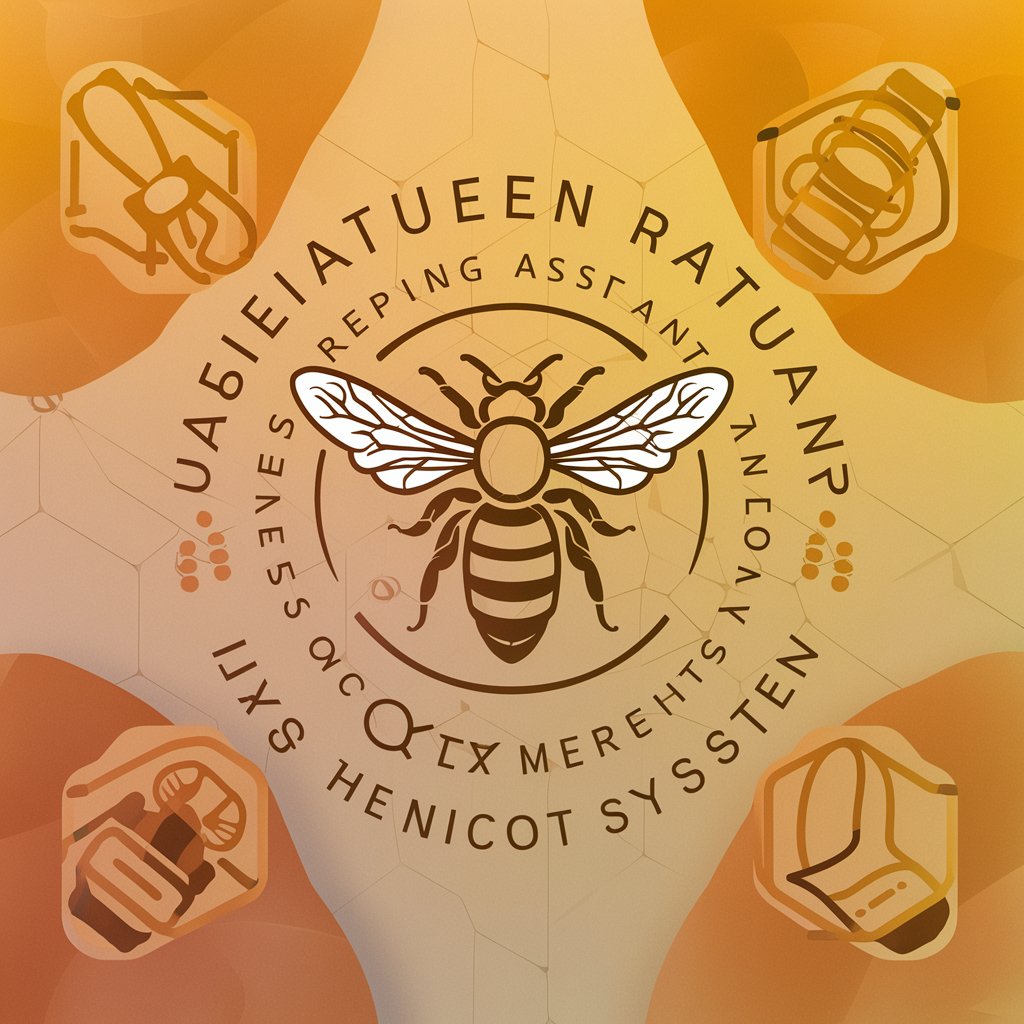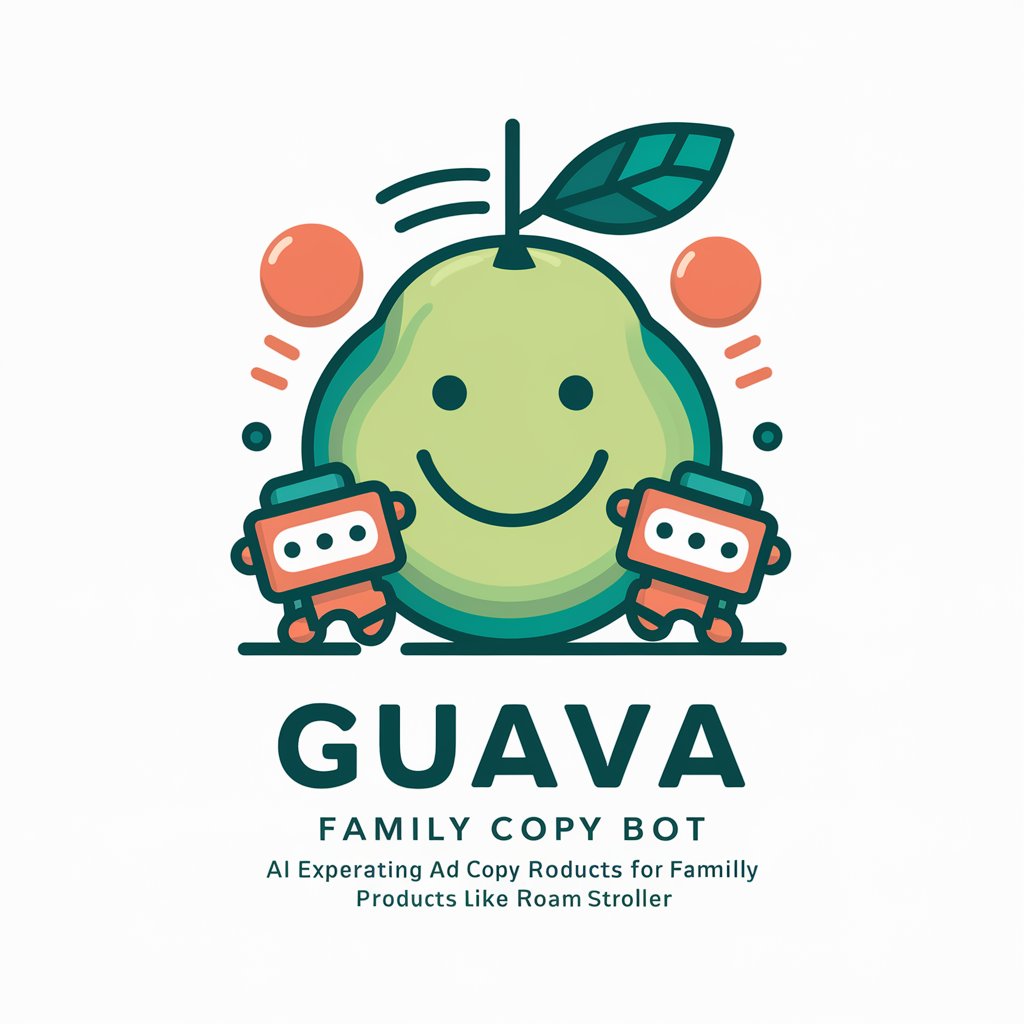Queen Rearing NICOT System - Queen Rearing Assistance

Welcome! Let's master queen rearing with the Nicot system.
Automate your queen bee rearing process with AI
Describe the initial steps in setting up a cell starter colony.
How do you prepare the Nicot frame for the breeder colony?
What are the key tasks on Day 10 in the queen rearing process?
Explain the process of transferring queen cells to mating nucs.
Get Embed Code
Introduction to Queen Rearing NICOT System
The Queen Rearing NICOT System, also known as the Cupkit system, is a specialized methodology designed for beekeepers to efficiently rear queen bees. This system simplifies the queen rearing process by eliminating the need for traditional grafting, which is often considered a challenging skill to master in beekeeping. Utilizing plastic queen rearing cups and a unique frame designed to hold these cups, the NICOT system allows for the breeding of queens from selected genetics within a controlled environment. A typical scenario illustrating its use involves a beekeeper selecting a high-quality breeder queen whose traits they wish to propagate. The NICOT system enables the beekeeper to have the breeder queen lay eggs directly into cell cups, which are then transferred to a starter colony to begin the queen rearing process, ultimately leading to the development and emergence of new queens. Powered by ChatGPT-4o。

Main Functions of the Queen Rearing NICOT System
Simplification of Queen Rearing
Example
Enables beekeepers to raise queens without grafting, using prefabricated cell cups and a special frame.
Scenario
A beekeeper aiming to increase their apiary's productivity selects a breeder queen with desirable characteristics. Using the NICOT system, they can easily have eggs laid into cell cups and raised into new queens without manual larval transfer.
Enhanced Selection and Genetic Control
Example
Facilitates the propagation of specific traits by selecting high-quality breeder queens.
Scenario
A beekeeper focusing on gentleness and high honey production uses the NICOT system to select and breed queens from their best colonies, ensuring the desirable traits are passed on.
Efficiency and Scalability in Queen Production
Example
Allows for the simultaneous rearing of multiple queens, optimizing beekeepers' operations.
Scenario
Preparing for the upcoming season, a commercial beekeeper uses the NICOT system to rear dozens of queens, ensuring they have enough to replace old queens and to expand their apiary.
Ideal Users of the Queen Rearing NICOT System
Commercial Beekeepers
Those who need to rear queens in bulk to expand their operations or replace aging queens efficiently. The NICOT system's scalability and simplicity make it ideal for managing large numbers of hives.
Hobbyist Beekeepers
Individuals interested in beekeeping as a hobby who wish to learn more about queen rearing without the complexities of grafting. The system's user-friendliness is perfect for those with limited experience.
Beekeeping Educators and Researchers
Professionals who teach apiculture or conduct research on bee genetics and behavior. The NICOT system offers a consistent, controlled method for queen rearing, facilitating educational demonstrations and experimental studies.

How to Use the Queen Rearing NICOT System
Step 1
Access a free trial easily at yeschat.ai, where you can experience the platform without the need for logging in or subscribing to ChatGPT Plus.
Step 2
Prepare the breeder colony by selecting a high-quality queen and placing the Nicot frame (laying cage) in the colony, ensuring the queen lays eggs in the Nicot cups.
Step 3
Transfer the Nicot frame with laid eggs to a queenless cell starter colony to encourage the nurse bees to accept and rear the larvae into queen cells.
Step 4
Monitor the development of queen cells in the cell starter colony, ensuring minimal disturbance to allow for proper queen cell maturation.
Step 5
Transfer the mature queen cells into prepared mating nucs, allowing the new queens to emerge and mate, before finally introducing them into their permanent colonies.
Try other advanced and practical GPTs
Have A Laugh - Dinosaurs Wearing Skirts
Bring dinosaurs to life in stylish skirts!

Guava - Byte
Empowering Creativity with AI in Digital Marketing

Guava Family Copy Bot
Crafting Your Story, Powering Your Sales

Pirate Fitness Coach
Sail towards fitness with AI-powered pirate advice

The Ghost Pirate LeChuk
Navigate the AI seas with a ghostly pirate guide.

Agile Pirate Master
Navigate Agile Seas with AI Guidance

Parenting Coach: Guide to Child-rearing
Empowering parents with AI-driven insights

Bearing Buddy
Empowering precision with AI-driven bearing solutions.

Machine Learing Innovation Blog Helper
Empowering ML innovation with AI-driven content

Stoned Crystal Healers
Unveiling Cosmic Wisdom with AI

Chapter Graphics Illustrator
Bringing Fantasy Worlds to Life with AI

Two Healers Bot
Empower Your Wellness Journey with AI

Detailed Q&A about the Queen Rearing NICOT System
What are the prerequisites for using the NICOT system?
The prerequisites include having a strong breeder colony with desirable traits, a populous starter/finisher colony, mating nucs, and the complete Nicot queen rearing kit.
How do you ensure high acceptance rates of larvae in the NICOT system?
Ensure the cell starter colony is queenless and has a high number of nurse bees, provide larvae at the right age, and maintain optimal colony conditions to encourage acceptance.
What are the critical success factors in queen rearing with the NICOT system?
Critical success factors include selecting high-quality breeder queens, properly preparing cell starter and mating nucs, timely transfer of eggs and cells, and maintaining conducive environmental conditions.
How do you handle queen cells during the NICOT rearing process?
Handle queen cells with care, using a protector during transfer to mating nucs to prevent damage, and ensure they are placed in the nucs shortly before the queens are due to emerge.
What should be done if a new queen fails to start laying eggs?
If a new queen fails to lay eggs, check for possible issues like poor mating conditions or health problems, and consider rearing a new queen as a replacement if necessary.
